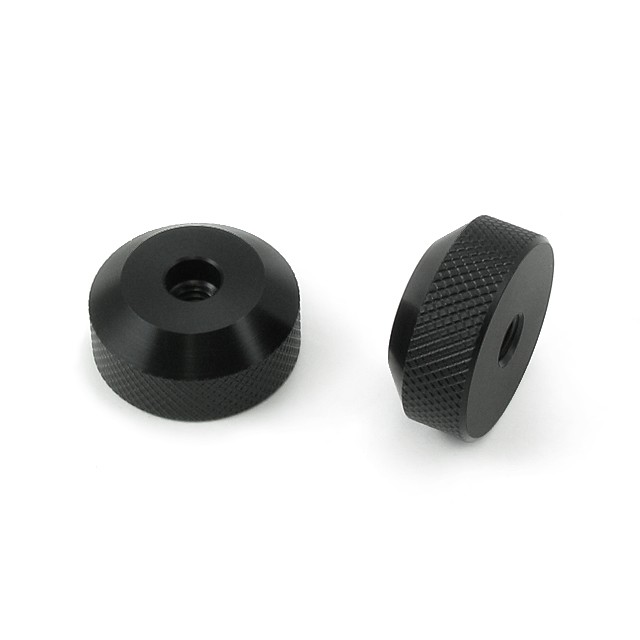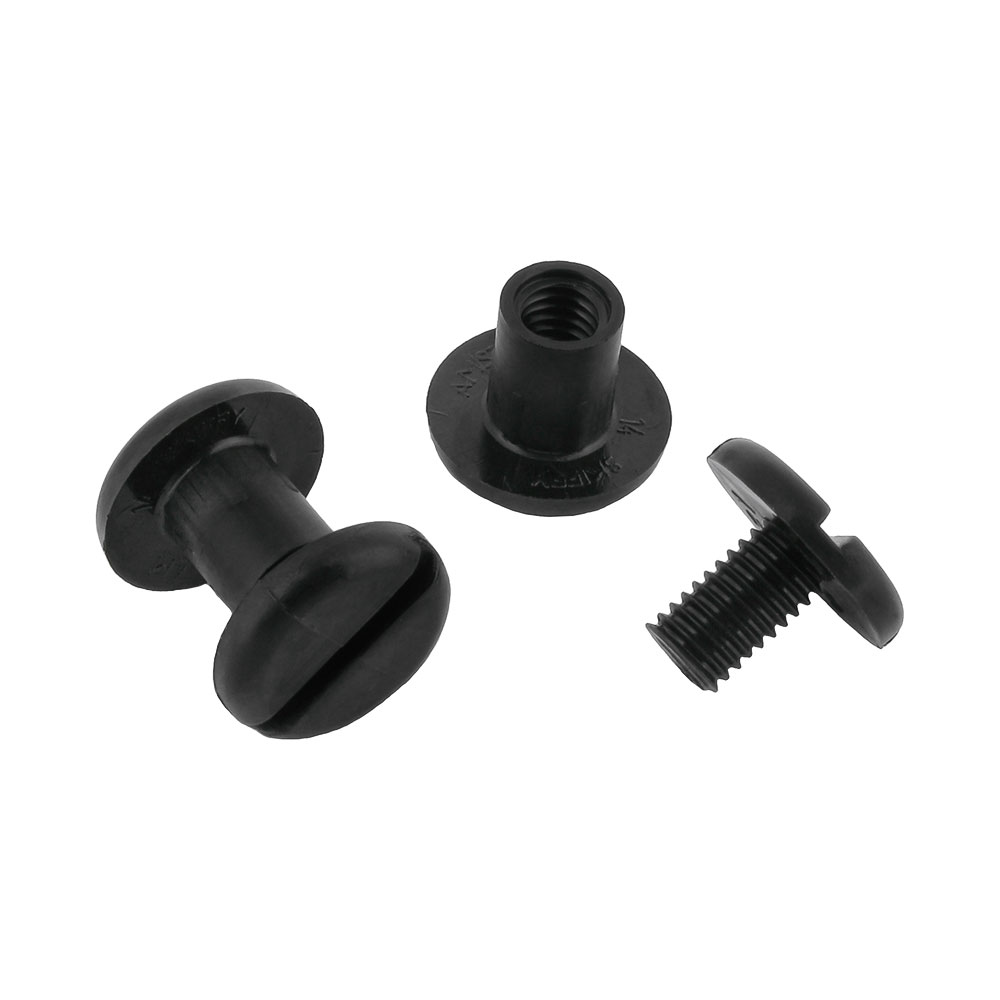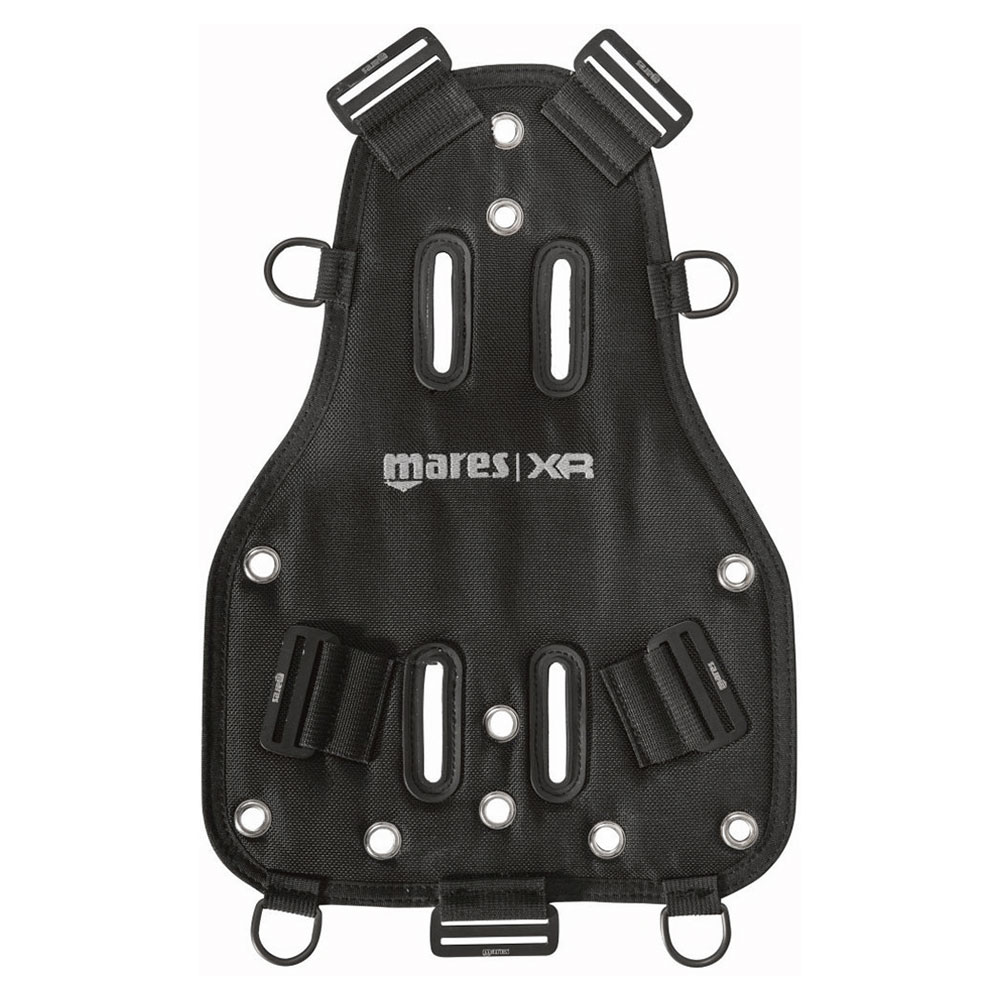I used 2 weight pockets on shoulder straps with Al plate, that works too, but they do get in the way. The plus side is you can position them for perfect trim, just need something to keep them from sliding around.
Trim Pocket Anti-slide Keeper
Welcome to ScubaBoard, the world's largest scuba diving community. Registration is not required to read the forums, but we encourage you to join. Joining has its benefits and enables you to participate in the discussions.
Benefits of registering include
I used 2 weight pockets on shoulder straps with Al plate, that works too, but they do get in the way. The plus side is you can position them for perfect trim, just need something to keep them from sliding around.
So perhaps a noobie question regarding the STA. I get that if the wing and/or plate does not have camband slots, you must use an STA, but is it otherwise required, or beneficial? I like the idea of greater stability with the STA, but having the tanks further from my back would make me think that things could become less stable.I still need to look into STA vs. no STA though. I get it from a physical stand point that it makes the tank sit off a little bit from the back, but I also haven't looked into what it does functional wise and if it's just for time saving when setting up rigs.
You've got it. Assuming the plate and wing slots line up and allow cambands, here's the advantages of STA versus non-STA:So perhaps a noobie question regarding the STA. I get that if the wing and/or plate does not have camband slots, you must use an STA, but is it otherwise required, or beneficial? I like the idea of greater stability with the STA, but having the tanks further from my back would make me think that things could become less stable.
Do I have that right? Assuming compatability of the wing/BP, are the use of STAs really personal preference?
Stiff has its uses, I mostly use the standard because it’s just easier to work with for me. Webbing is cheap, try them all.Some of you know I'm looking at basic harness BP/W solutions. I have a question about webbing "hardness". I see webbing options of soft, standard and stiff hardness. As a total noob, soft sounds like it would be more comfortable, contour around your body better and maybe dig in less? But since there is stiffer webbing, I assume it has it's own benefits. Can anyone give a simple pros and cons of webbing hardness? Thanks in advance!
Is there such a thing as a lower profile STA that provides the basic tank stability but lets say cuts the tank offset from the plate in half?



